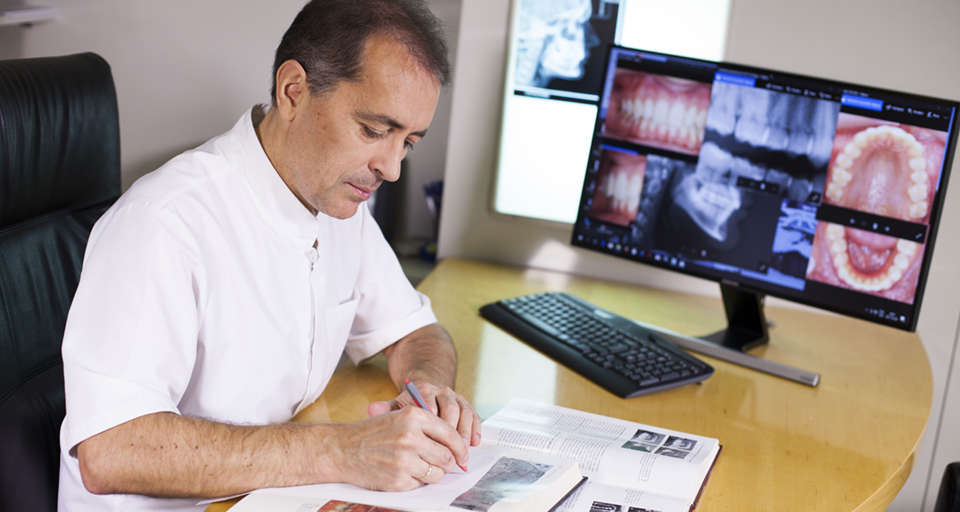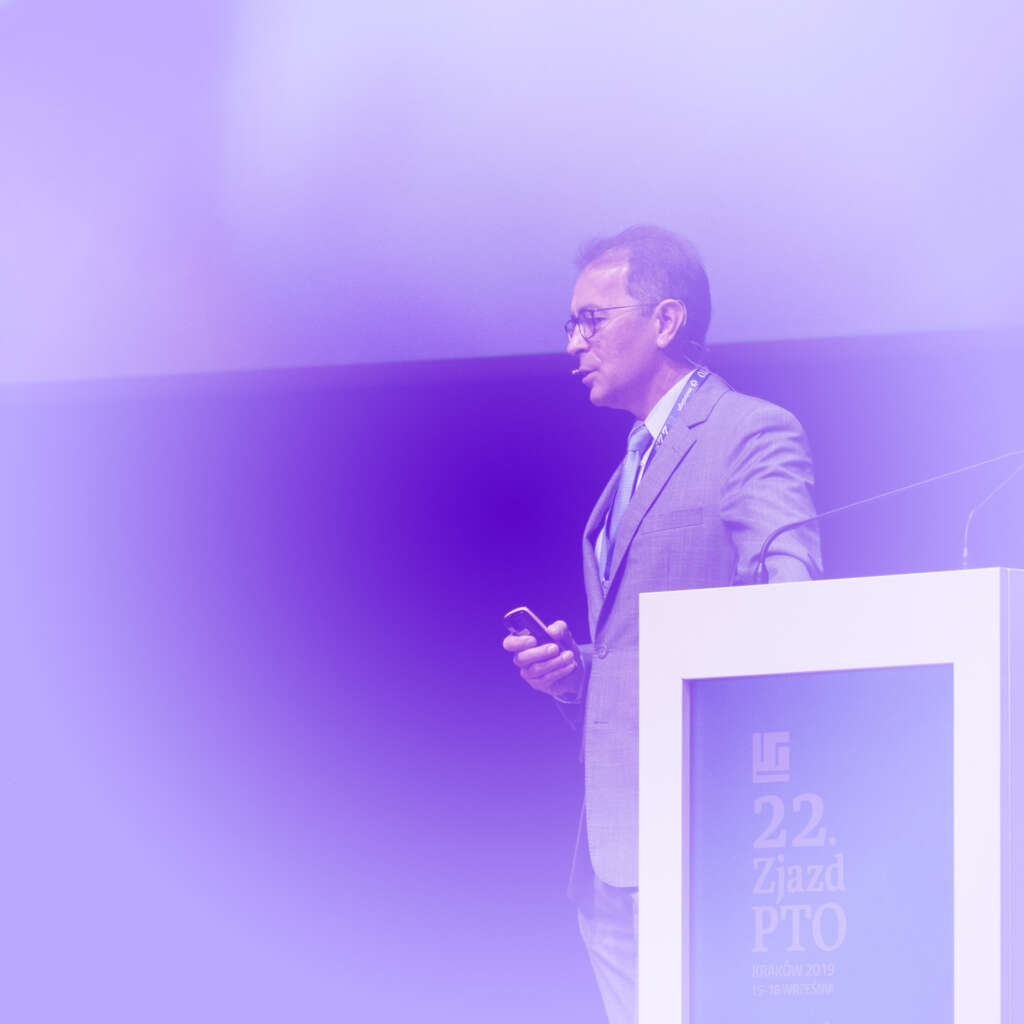Maxillary distraction osteogenesis versus orthognathic surgery for cleft lip and palate patients.
Written by admin on October 8, 2016
Cochrane Database Syst Rev. 2016 Sep 30;9(9):CD010403. doi: 10.1002/14651858.CD010403.pub2.
Kloukos D(1), Fudalej P, Sequeira-Byron P, Katsaros C.
Author information:
(1)Department of Orthodontics and Dentofacial Orthopedics, School of Dental
Medicine, University of Bern, Freiburgstrasse 7, Bern, Switzerland, 3010.
Update in
Cochrane Database Syst Rev. 2018 Aug 10;8:CD010403.
BACKGROUND: Cleft lip and palate is one of the most common birth defects and can
cause difficulties with feeding, speech and hearing, as well as psychosocial
problems. Treatment of orofacial clefts is prolonged; it typically commences
after birth and lasts until the child reaches adulthood or even into adulthood.
Residual deformities, functional disturbances, or both, are frequently seen in
adults with a repaired cleft. Conventional orthognathic surgery, such as Le Fort
I osteotomy, is often performed for the correction of maxillary hypoplasia. An
alternative intervention is distraction osteogenesis, which achieves bone
lengthening by gradual mechanical distraction.
OBJECTIVES: To provide evidence regarding the effects and long-term results of
maxillary distraction osteogenesis compared to orthognathic surgery for the
treatment of hypoplastic maxilla in people with cleft lip and palate.
SEARCH METHODS: We searched the following electronic databases: Cochrane Oral
Health’s Trials Register (to 16 February 2016), the Cochrane Central Register of
Controlled Trials (CENTRAL) (the Cochrane Library, 2016, Issue 1), MEDLINE Ovid
(1946 to 16 February 2016), Embase Ovid (1980 to 16 February 2016), LILACS
BIREME (1982 to 16 February 2016), the US National Institutes of Health Ongoing
Trials Register (ClinicalTrials.gov) (to 16 February 2016), and the World Health
Organization (WHO) International Clinical Trials Registry Platform (to 16
February 2016). There were no restrictions regarding language or date of
publication in the electronic searches. We performed handsearching of six
speciality journals and we checked the reference lists of all trials identified
for further studies.
SELECTION CRITERIA: We included randomised controlled trials (RCTs) comparing
maxillary distraction osteogenesis to conventional Le Fort I osteotomy for the
correction of cleft lip and palate maxillary hypoplasia in non-syndromic cleft
patients aged 15 years or older.
DATA COLLECTION AND ANALYSIS: Two review authors assessed studies for
eligibility. Two review authors independently extracted data and assessed the
risk of bias in the included studies. We contacted trial authors for
clarification or missing information whenever possible. All standard
methodological procedures expected by Cochrane were used.
MAIN RESULTS: We found six publications involving a total of 47 participants
requiring maxillary advancement of 4 mm to 10 mm. All of them related to a
single trial performed between 2002 and 2008 at the University of Hong Kong, but
not all of the publications reported outcomes from all 47 participants. The
study compared maxillary distraction osteogenesis with orthognathic surgery, and
included participants from 13 to 45 years of age.Results and conclusions should
be interpreted with caution given the fact that this was a single trial at high
risk of bias, with a small sample size.The main outcomes assessed were hard and
soft tissue changes, skeletal relapse, effects on speech and velopharyngeal
function, psychological status, and clinical morbidities.Both interventions
produced notable hard and soft tissue improvements. Nevertheless, the
distraction group demonstrated a greater maxillary advancement, evaluated as the
advancement of Subspinale A-point: a mean difference of 4.40 mm (95% CI 0.24 to
8.56) was recorded two years postoperatively.Horizontal relapse of the maxilla
was significantly less in the distraction osteogenesis group five years after
surgery. A total forward movement of A-point of 2.27 mm was noted for the
distraction group, whereas a backward movement of 2.53 mm was recorded for the
osteotomy group (mean difference 4.8 mm, 95% CI 0.41 to 9.19).No statistically
significant differences could be detected between the groups in speech outcomes,
when evaluated through resonance (hypernasality) at 17 months postoperatively
(RR 0.11, 95% CI 0.01 to 1.85) and nasal emissions at 17 months postoperatively
(RR 3.00, 95% CI 0.14 to 66.53), or in velopharyngeal function at the same time
point (RR 1.28, 95% CI 0.65 to 2.52).Maxillary distraction initially lowered
social self-esteem at least until the distractors were removed, at three months
postoperatively, compared to the osteotomy group, but this improved over time
and the distraction group had higher satisfaction with life in the long term
(two years after surgery) (MD 2.95, 95% CI 014 to 5.76).Adverse effects, in
terms of clinical morbidities, included mainly occlusal relapse and mucosal
infection, with the frequency being similar between groups (3/15 participants in
the distraction osteogenesis group and 3/14 participants in the osteotomy
group). There was no severe harm to any participant.
AUTHORS’ CONCLUSIONS: This review found only one small randomised controlled
trial concerning the effectiveness of distraction osteogenesis compared to
conventional orthognathic surgery. The available evidence is of very low
quality, which indicates that further research is likely to change the estimate
of the effect. Based on measured outcomes, distraction osteogenesis may produce
more satisfactory results; however, further prospective research comprising
assessment of a larger sample size with participants with different facial
characteristics is required to confirm possible true differences between
interventions.
DOI: 10.1002/14651858.CD010403.pub2
PMCID: PMC6452788
PMID: 27689965
Conflict of interest statement: Dimitrios Kloukos: none known Piotr Fudalej:
none known Patrick Sequeira‐Byron: none known Christos Katsaros: none known The
participating review authors declare that there is no financial conflict of
interest and that they do not have any associations with industry regarding the
subject of this review.




